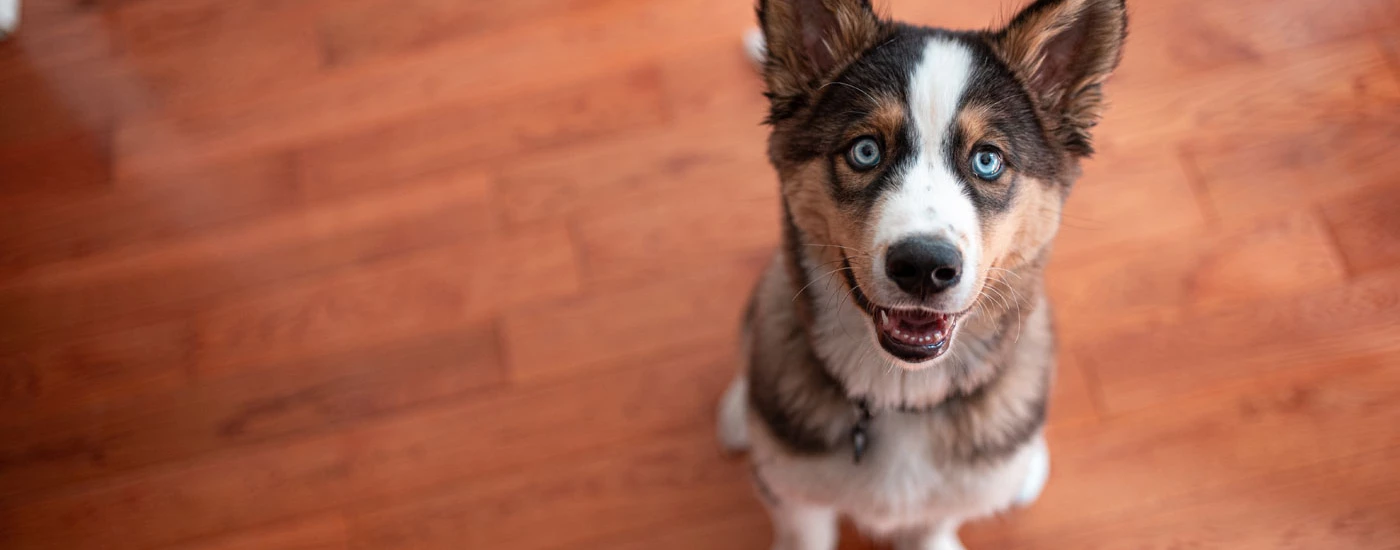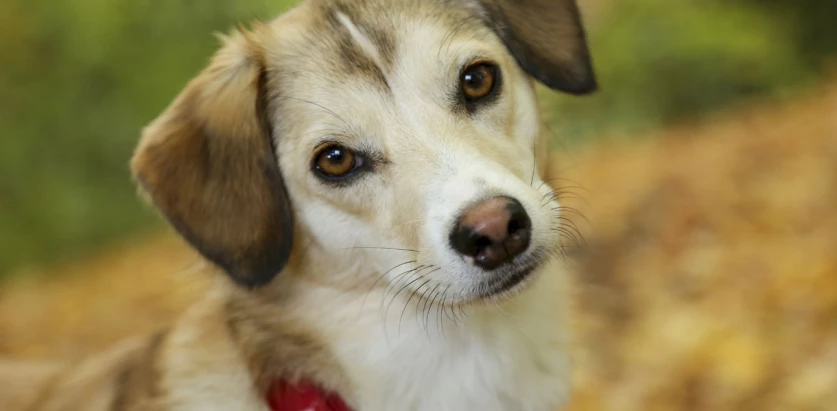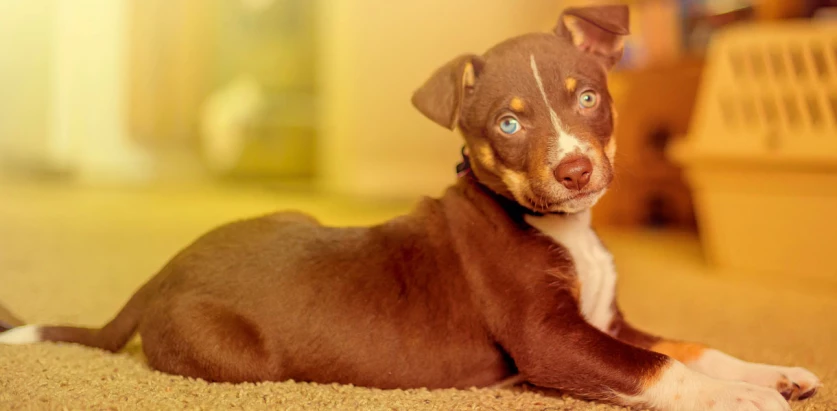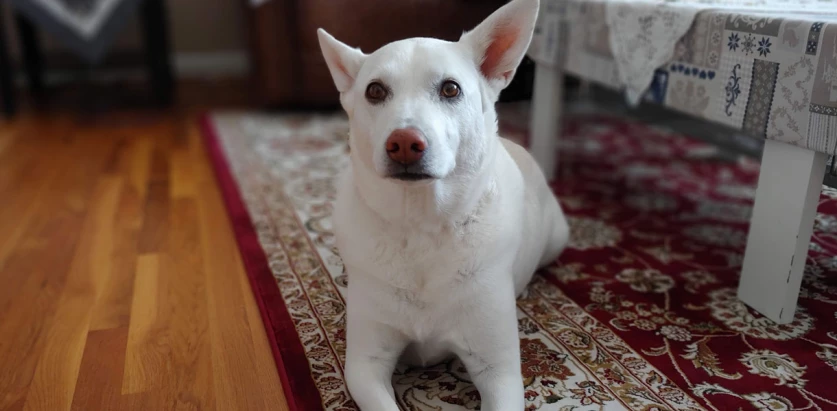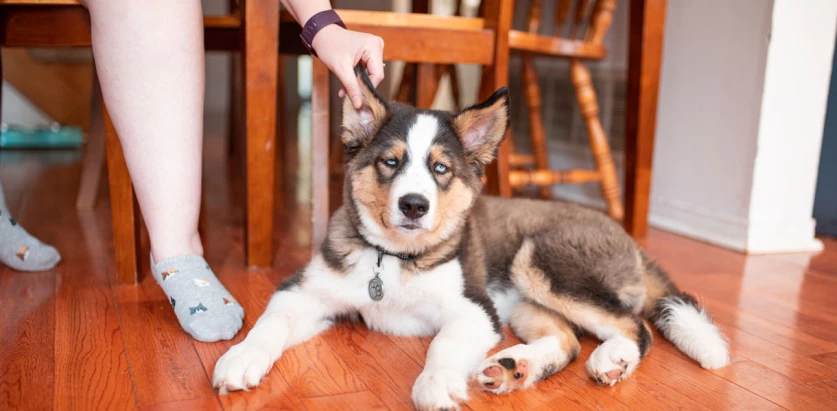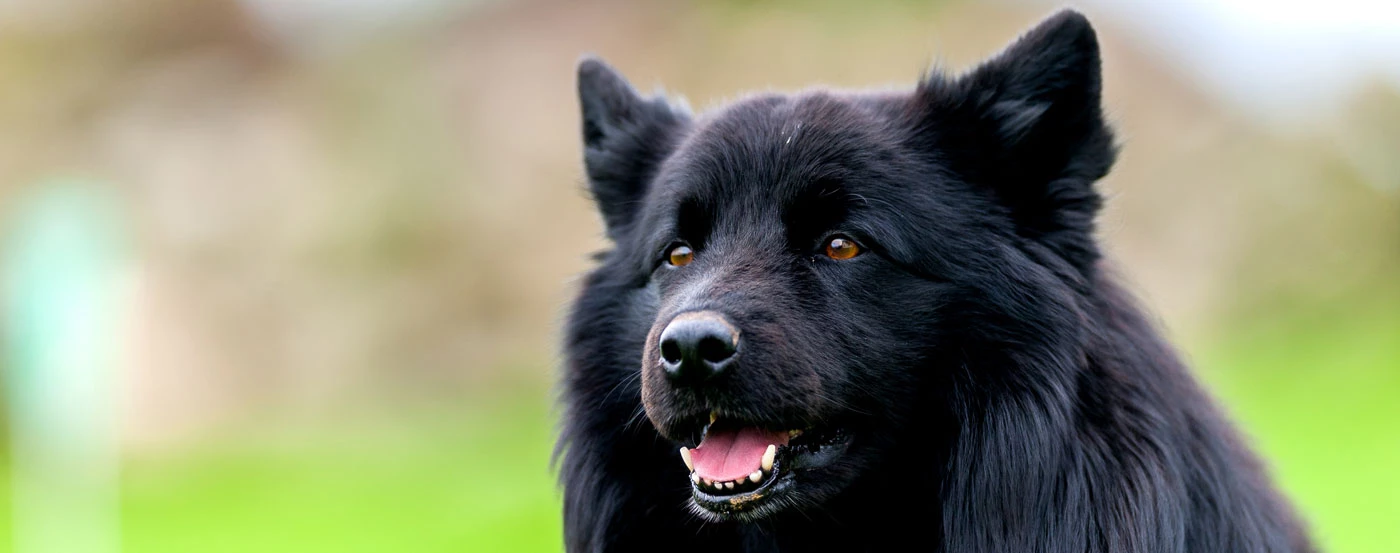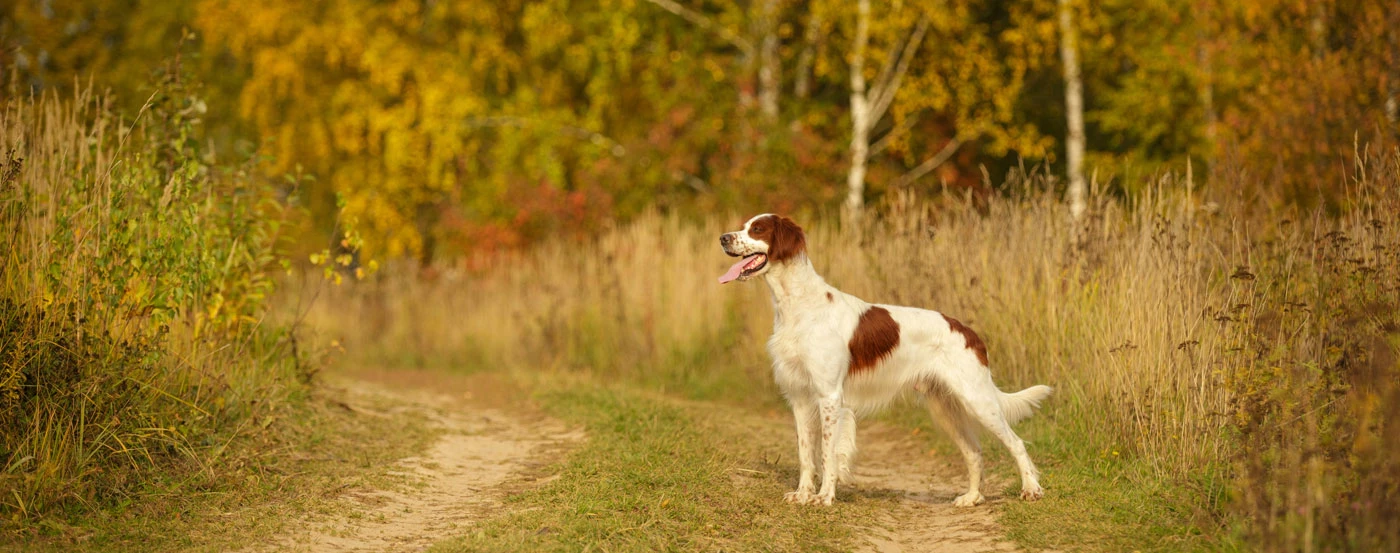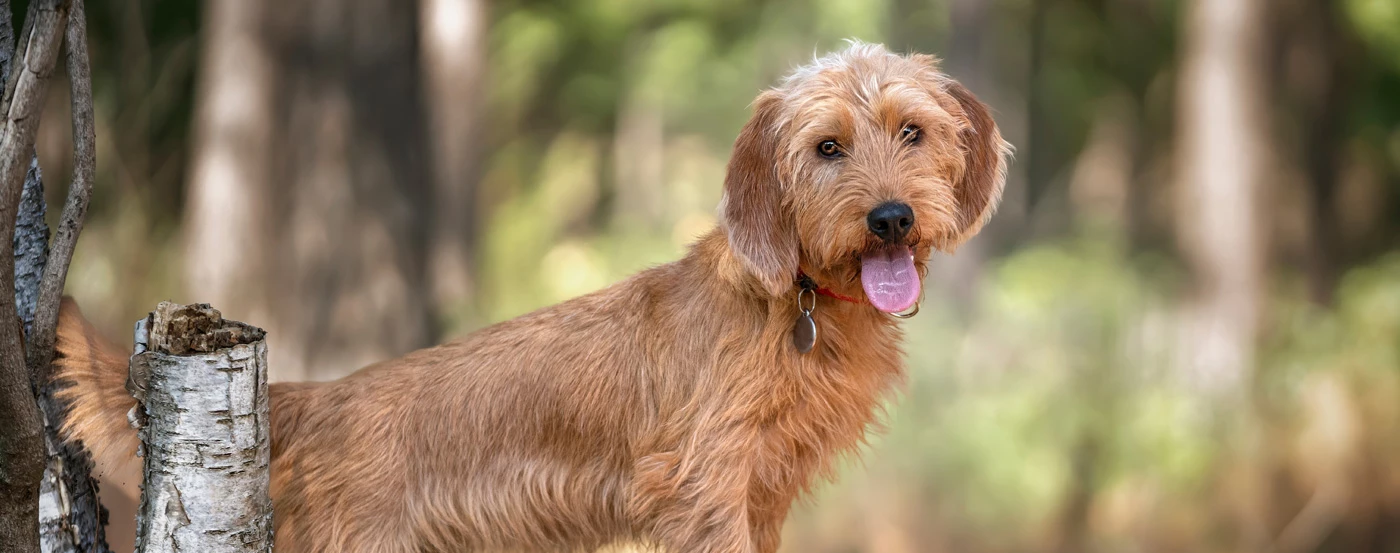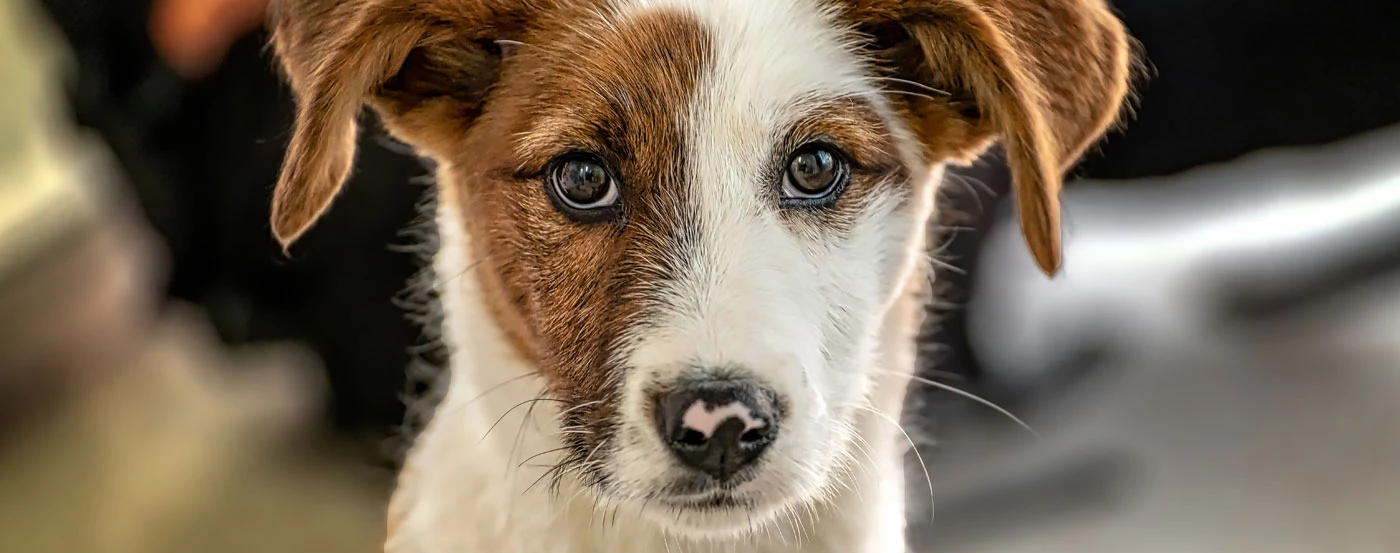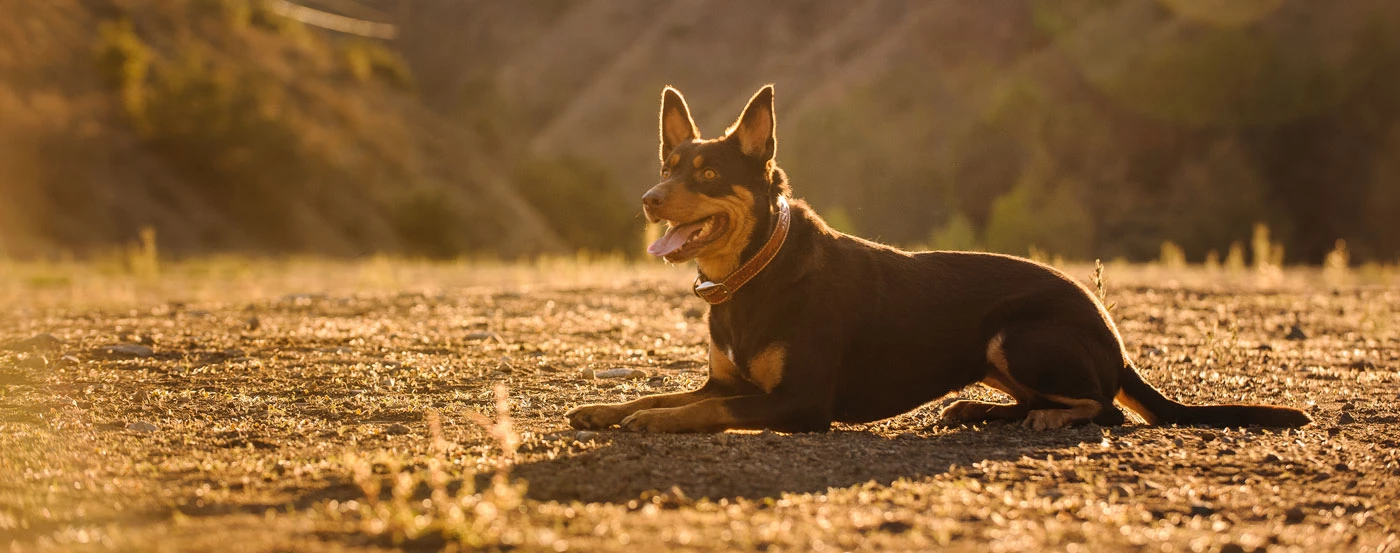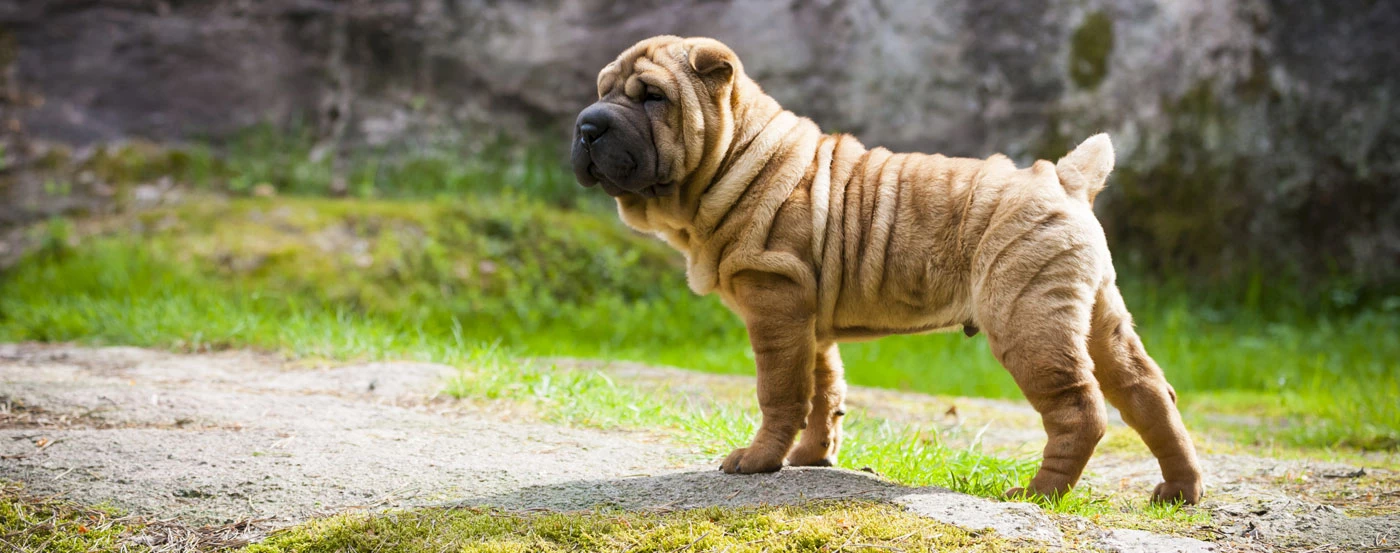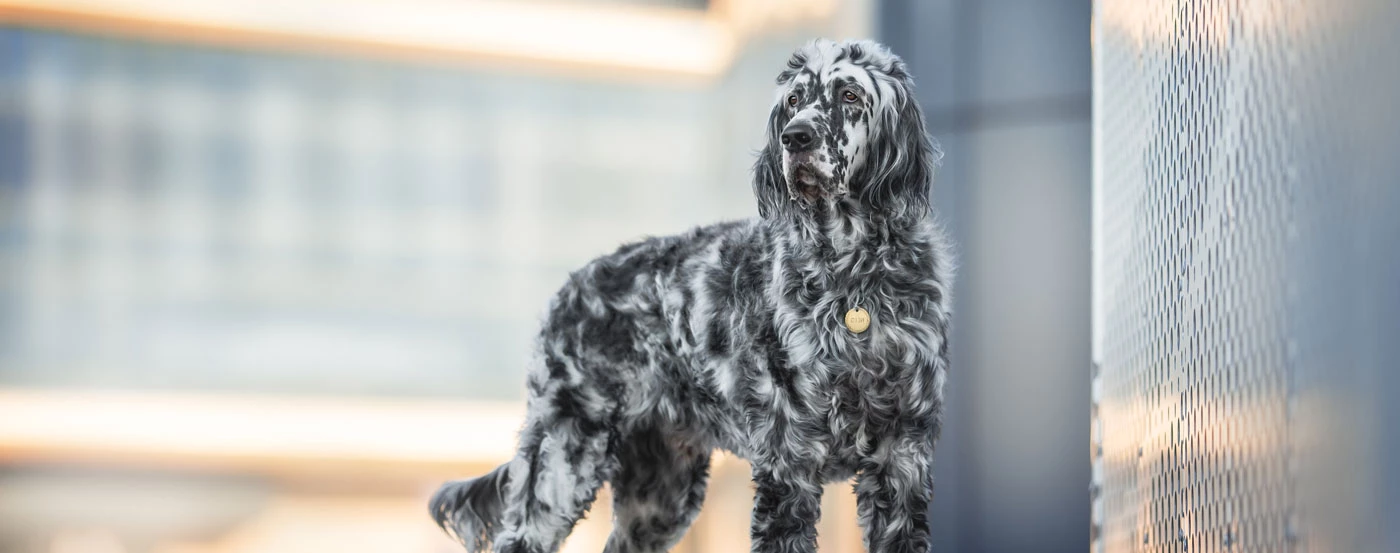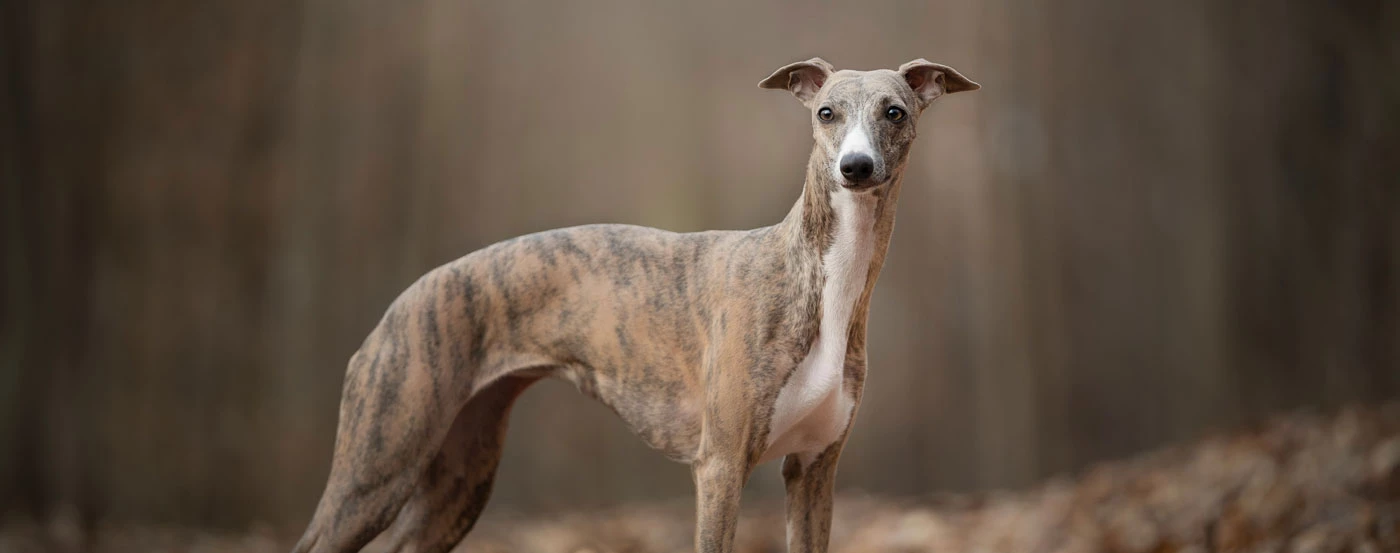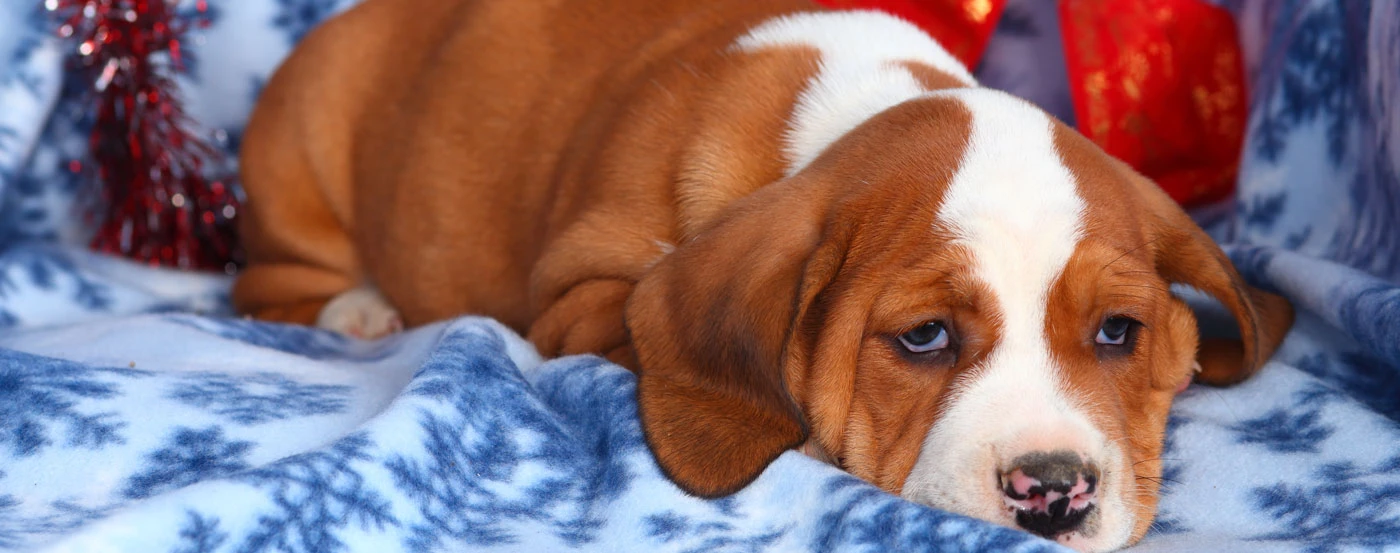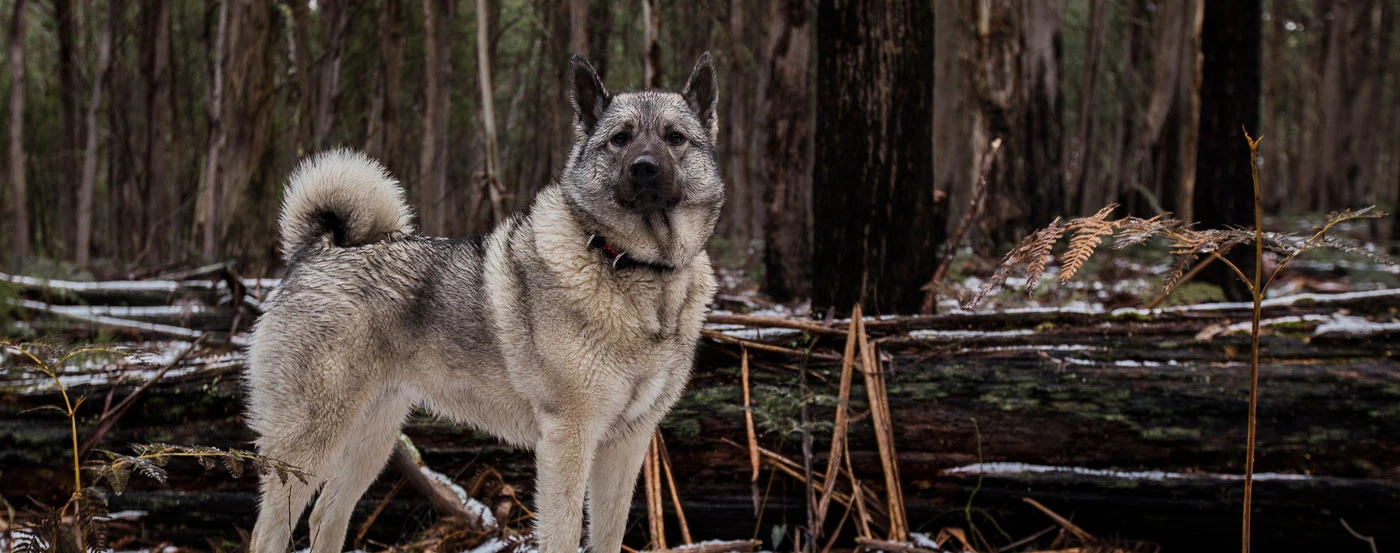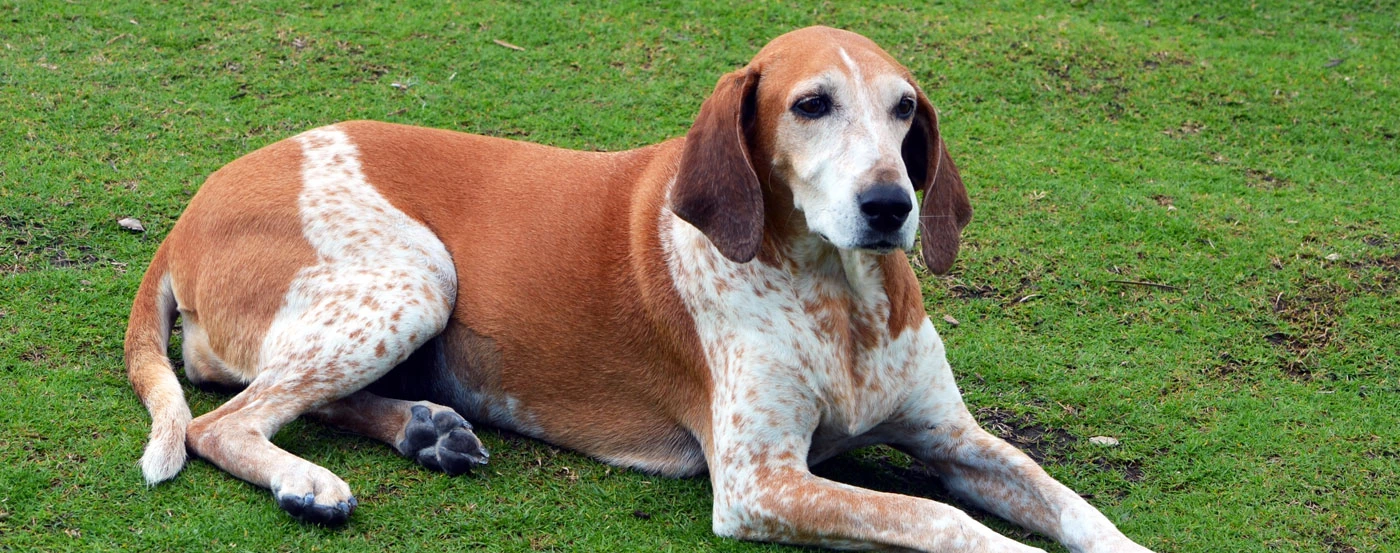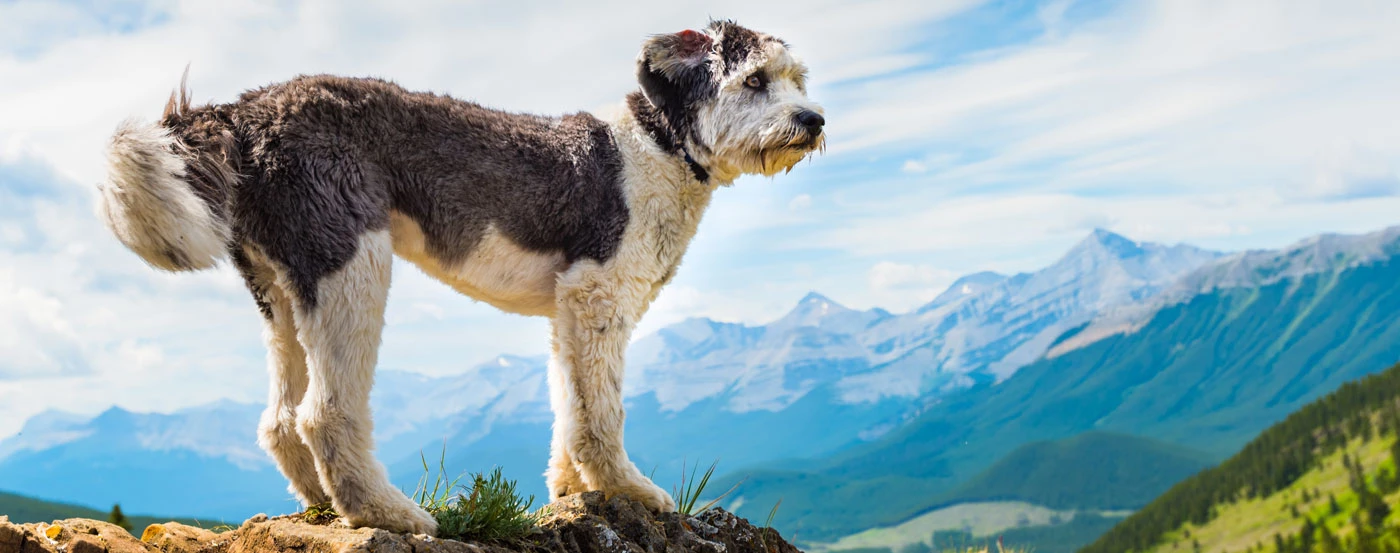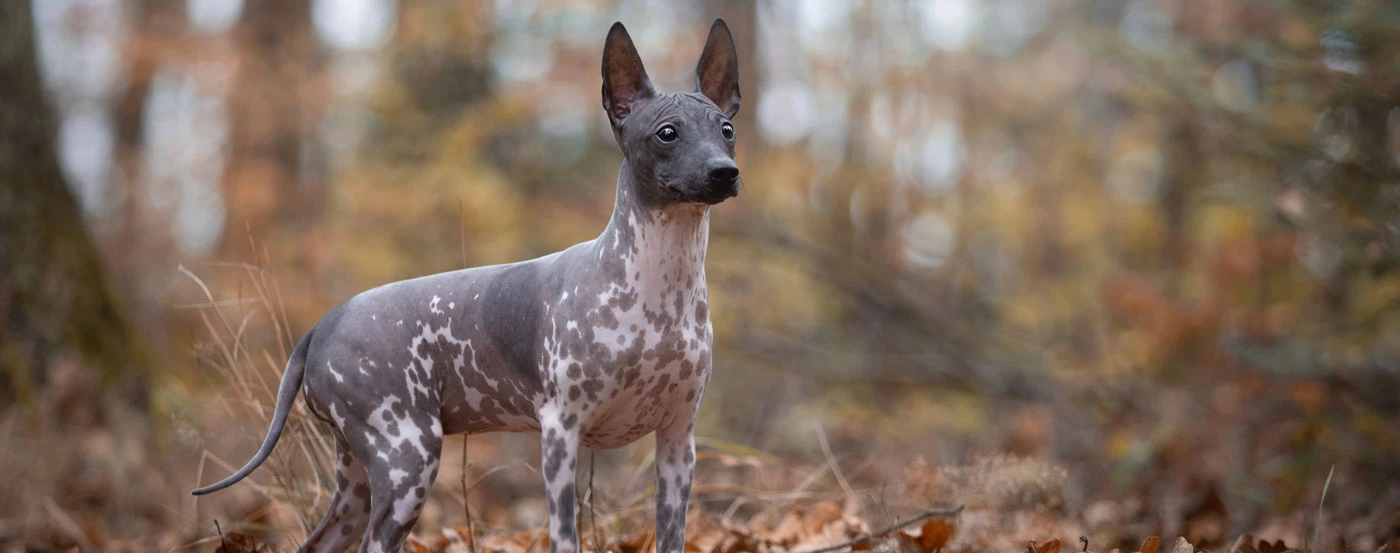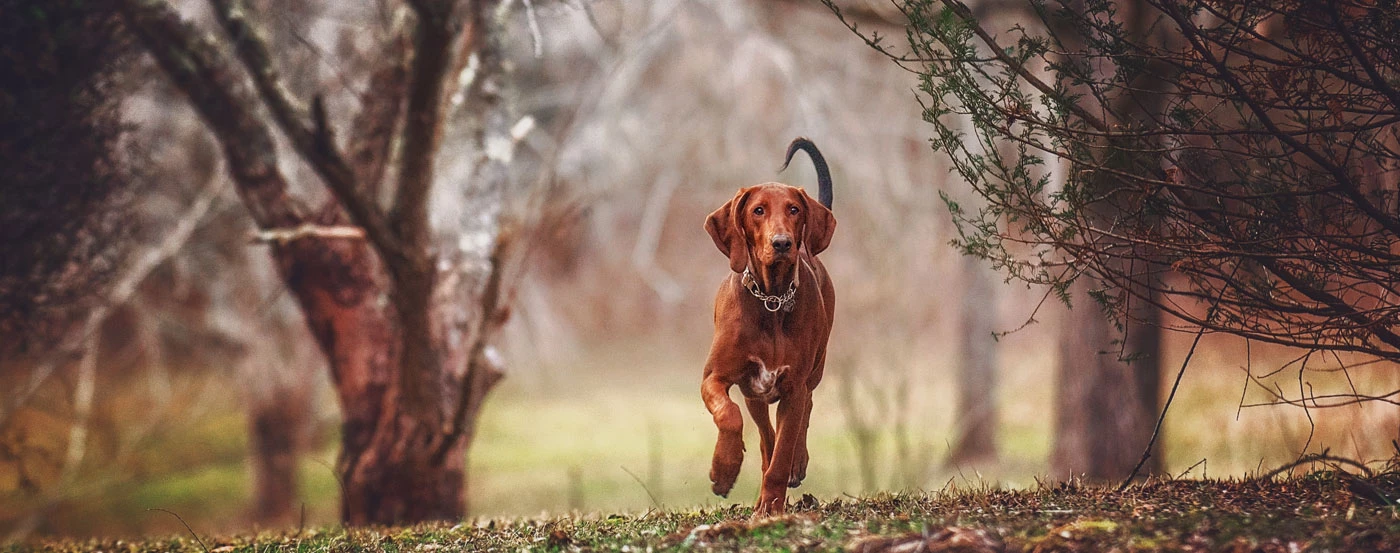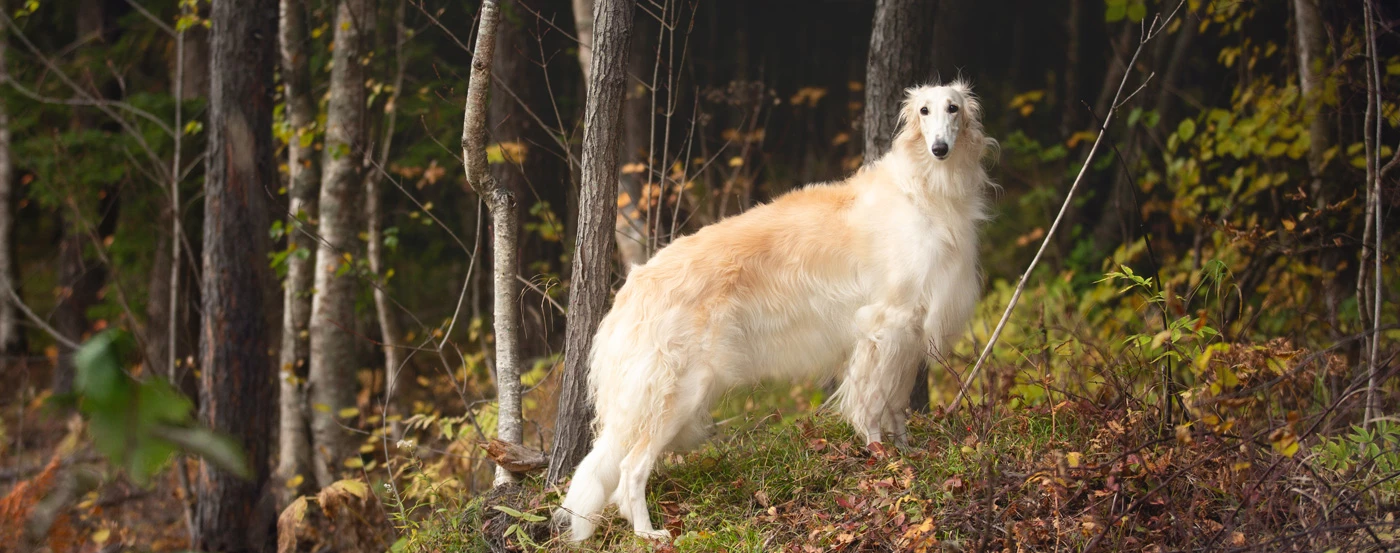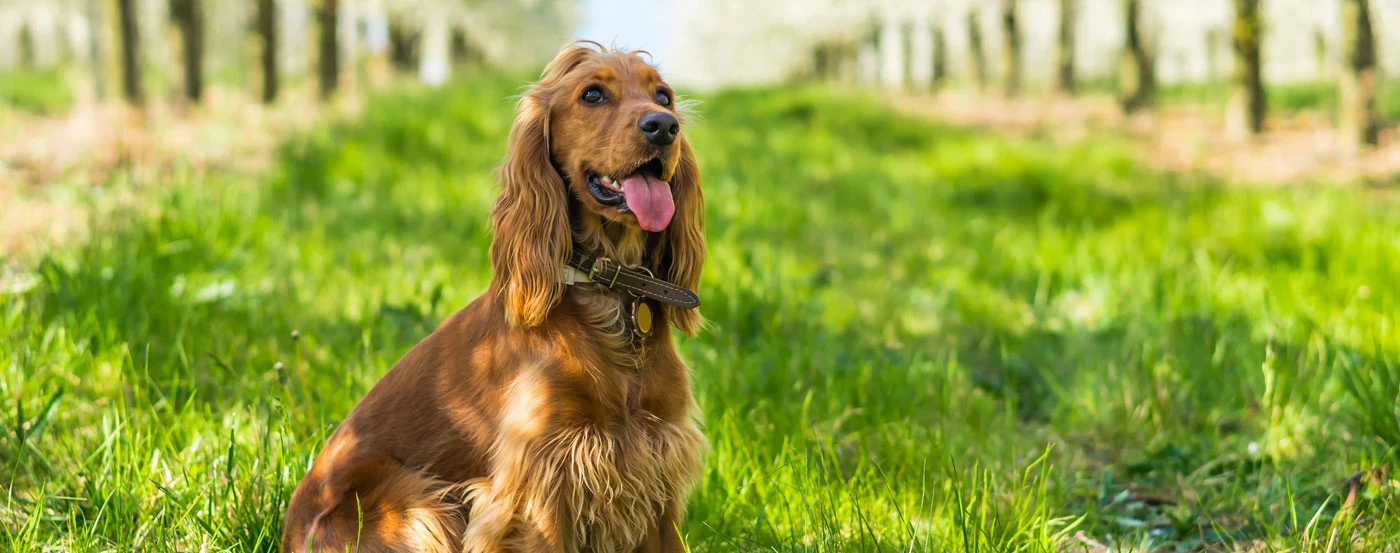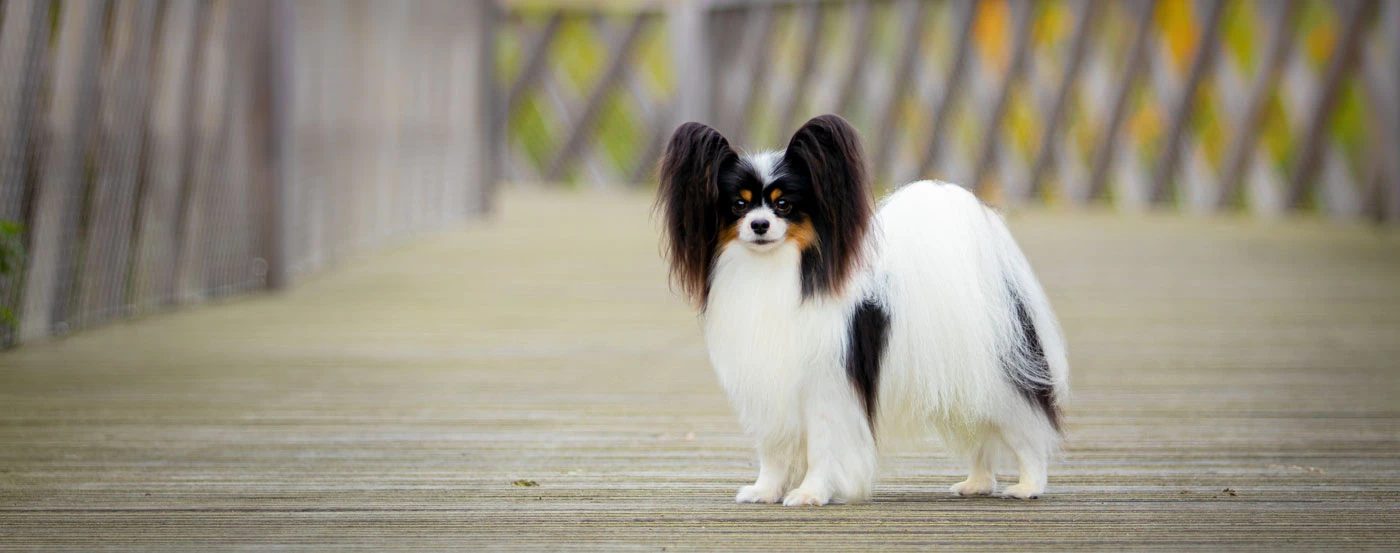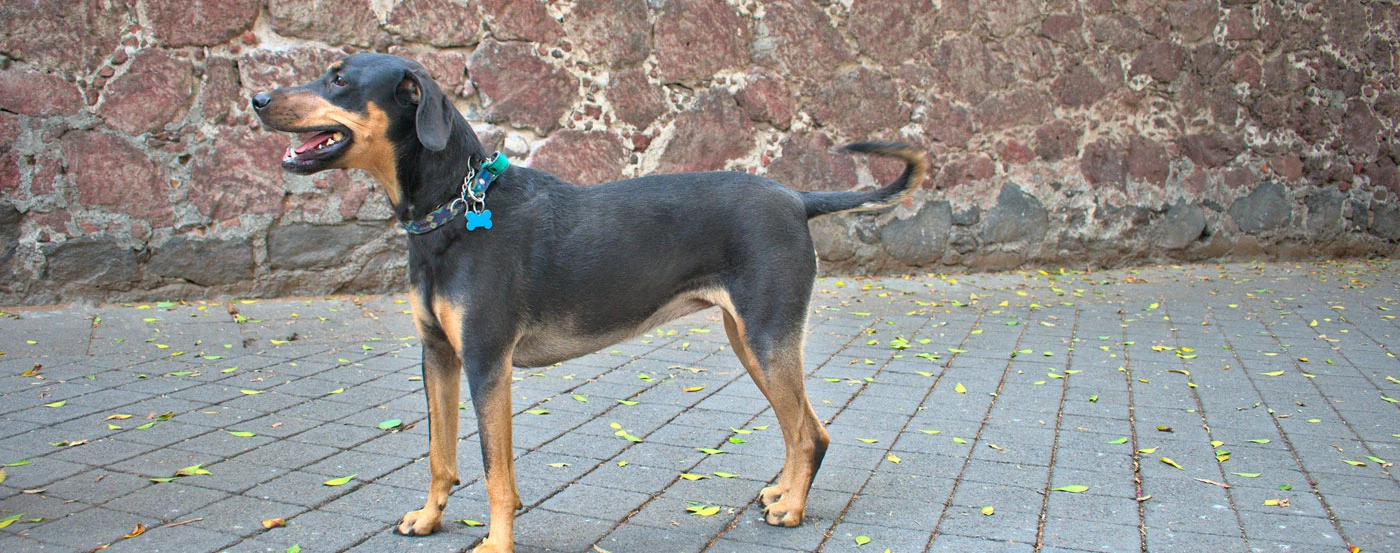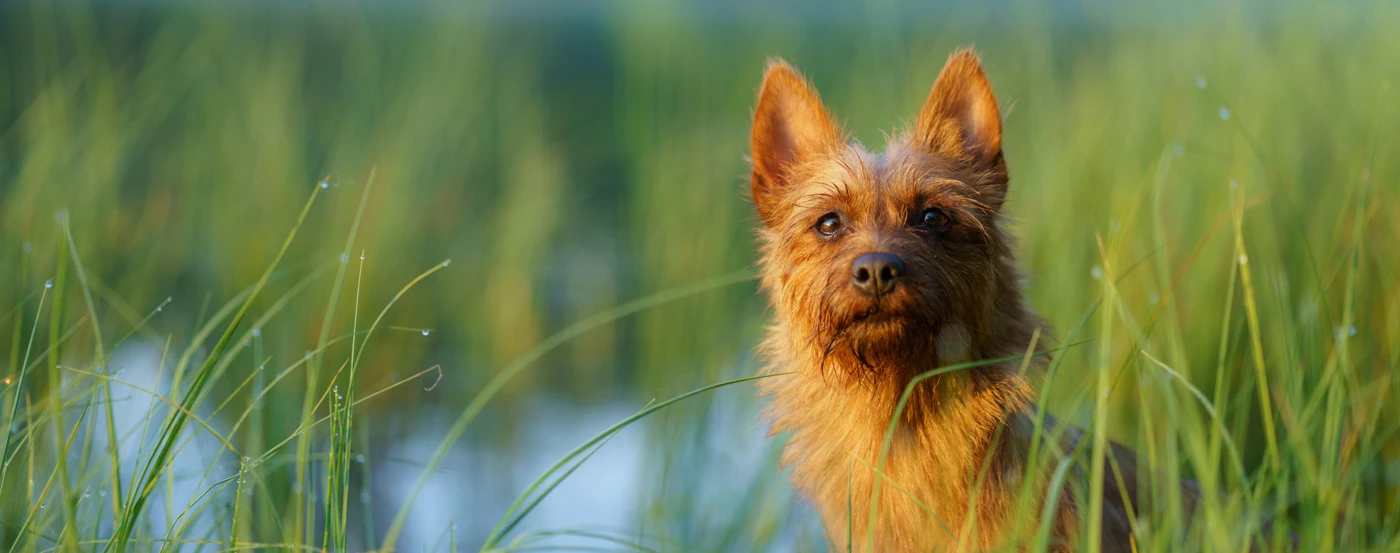About the Labsky
The Labsky is a great companion to have and will fit into any living environment. Especially an active one where there are multiple humans to play with.
If you are looking for a dog that will be by your side at all times, as well as a partner to go on outdoor adventures with, then this is the dog for you!
There are many things that you need to know about this breed. Their personality, their feeding preferences, and their health history. Follow along for everything you need to know.
Labsky Gallery
What is the history & origin of the Labsky?
As its name suggests, Labsky's parent breeds are Labrador retrievers and Siberian Huskies. They are two of the most popular dog breeds in the world.
The Husky Lab mix was developed in the 1990s in the United States, which is all that can be said about the specifics of this breed's origin.
The Labrador Retriever originated from Newfoundland in the 19th century. It was originally bred as a gun dog and is a popular dog breed in the United States.
The Siberian Husky, on the other hand, has been around for many years and dates back 3,000 years to the Arctic. They were sled dogs used for hunting.
Who are Labsky dogs best for?
Having inherited all the best qualities from their parent breeds, these dogs are very adaptable to their environment.
One thing they are not suited for is apartment living. They are an energetic dog breed and require lots of roaming space to release all of their pent-up energy.
The Husky Lab mix is the right dog for you if you are a large family with children and other pets. They get along well with children because they have so much energy they will make perfect playmates. Provided they have been adequately trained to be around small children.
If you are an active individual or an active family who loves going on hikes or adventure-filled holidays, this dog is your perfect match. They love swimming and will always be up for any adventure with their family.
These dogs are no problem for first-time dog owners.
How much grooming does a Labsky need?
The Labrador Husky mix has a dense double coat, floppy or erect ears, and is either medium or large. You can get a yellow lab husky mix, a chocolate lab husky mix, red and grey, and a black lab husky mix. The exciting thing about a mixed-breed dog is that you never know what you will get.
The dog's double coat must be brushed as regularly as possible to eliminate loose hair and debris, especially during shedding seasons. You may not want to have these dogs if you are allergic to dander, as this breed is not hypoallergenic.
Brushing their teeth and clipping their nails are also fundamental aspects of their grooming routine. Checking and cleaning their ears regularly for those husky lab mixes with floppy ears is best.
As you can see, these pups do not need a 10-step grooming routine. They need high-quality products that will give them the necessary protection for their skin and coat.
Do Labsky bark much?
The Husky Lab mix is not a barker. These pups are extremely friendly and are not the type to be aggressive.
If they are to bark, the main reasons would be because they sense danger or feel as though they are being threatened.
Barking could also be a sign of stress due to several reasons. The most common reasons are that they are bored, unable to release pent-up energy or because of separation anxiety.
They are likelier to run up to strangers and lick them than bite them. This does not mean that you should not socialise them early, so they are adequately trained to engage with people, children, and other animals.
Do Labsky bite?
Husky Lab mix puppies have a habit of gnawing and biting, a trait they inherited from their labrador retriever parent.
You can also give them interactive dog toys and chew toys to redirect this behaviour. If you see that it is perhaps becoming aggressive or excessive, then it can be controlled and minimised by giving them obedience training from an early age.
What is the temperament & personality of a Labsky?
The husky lab mix has inherited the best qualities from its parent breeds.
This is what you can expect from your husky lab mix:
The Labsky is an active dog.
They have high energy.
They are a loyal breed.
They establish a close bond with their owners very quickly.
They are friendly towards children of all ages.
They are friendly towards other dogs and animals.
They are prone to suffer from separation anxiety.
They are an intelligent breed.
What is the weight & size of a Labsky?
The Labsky should have an average weight of 20 kg - 40 kg and an average size of 50 cm - 60 cm. This is may vary from males to females as males are generally larger.
How much training does a Labsky need?
Siberian Husky and Labrador retriever dogs are easy to train. They will do anything to please their owners. They learn commands quickly and can be taught from puppyhood, which is recommended.
Teaching them basic commands like "sit", "stay", and "no" will take them only a few days to learn as they are brilliant pups who thrive in environments where they are receiving mental stimulation.
Training is not only an opportunity for you to teach them right from wrong and how to be citizens in the world, but it is also a chance to bond with your dog. Make training fun and physical; your dog will love the process!
What are some of the most common health issues for a Labsky?
The Labsky is generally a healthy breed but can suffer from the same health problems its parent breeds suffer. Even if you have a Labsky puppy that does not have any of these issues, you should still schedule regular vet appointments.
One way to avoid finding out much later that your husky lab mix puppy has an illness is by purchasing them from reputable breeders. They will always give you proof of genetic tests of both the puppy and its parents.
These are the most common health problems your husky lab can be affected by:
Eye conditions
Allergies
Hip dysplasia
It will be beneficial to you and your pup if you familiarise yourself with the signs and symptoms of these health problems so that you can detect them as early as possible.
If you notice a difference in your pup's behaviour or appearance, take them to a vet immediately. It is always better to be safe than sorry.
What is the lifespan of a Labsky?
The life expectancy of this breed is 10 - 12 years. This is very much dependent on both their mental and physical health. Always ensure that your pup is getting enough exercise, is eating healthy food and is in a happy and stress-free environment.
How much should you feed a Labsky?
The amount of food you are feeding your pup is very much dependent on their size, weight, and activity level. This breed is categorised as a medium-sized dog and therefore needs to be given an amount suitable for this size.
Please note that Labsky's are prone to gaining weight, a trait they inherited from their Labrador parent. This means that food should be left out for them all day. Instead, they should be given food only when it is their scheduled eating time.
That said, Labsky should be fed high-quality dry dog food twice daily. Of an amount of 2 - 2/5 cups twice a day.
What is the price of a Labsky in Australia?
There is a lot to consider when purchasing a new dog. Added to their purchase price are also their monthly expenses.
You would have to consider things like medical costs, pet insurance, grooming costs, toys, and food.
The average price to purchase a Labsky is anywhere between $560 - $1 700.
Pros
- Very intelligent
- Family-friendly dog
- Great for active families
Cons
- Heavy shedding
- Need lots of exercise
- High separation anxiety
